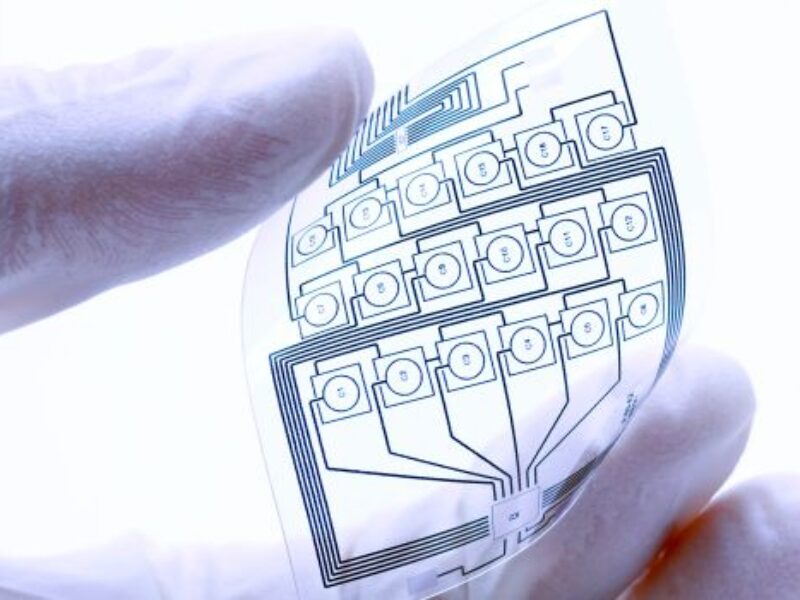
New ‘cutting-edge’ flexible electronics projects announced
The projects, says the organization, include thin batteries, printed audio speaker systems, and flexible fan-out wafer level packaging advances.
“The SEMI FlexTech R&D program is driving significant advances in the infrastructure required to support world-class manufacturing capabilities for Flexible Hybrid Electronics (FHE) devices and products,” says Dr. Melissa Grupen-Shemansky, SEMI CTO for flexible electronics and advanced packaging. “These projects are on the cutting edge of integration and demonstrate the value of collaboration in innovation to bring new products to market.”
One of the new projects, led by ITN Energy Systems in partnership with Molex, ENrG, Sunray Scientific, and the University of Rhode Island, aims to develop ultra-thin charge control circuits for an optimized ultra-thin battery as a renewable, self-recharging, lightweight, flexible power source. The battery will power sensor systems for mobile applications.
Compared to current commercially available batteries, the power package is expected to be smaller, feature greater sensitivity and response time, enable lower power consumption, and support optimal temperature and humidity ranges. Initially, the team plans to demonstrate a monolithically integrated power module with integrated ultra-thin charge control circuitry and photovoltaics.
It will then explore integrating a sensor system into the battery system and, ultimately, creating a working power module that includes a sensor, signal processing, and telemetry – all within a package less than 250 microns thick. The project is scheduled to last 15 months and funded at a total of $2.4 million with a 48% cost share by industry partners.
The second new contract, led by UCLA in partnership with i3 Microsystems, is for a new electrode array that identifies muscle fatigue in training combatants and provides rehabilitation therapies from neural trauma or neuropathic disorders. The team will create an advanced electromyography electrode array and commercial CMOS chip in a fan-out-wafer-level-package (FOWLP) based on a biocompatible platform for heterogeneous integration.
The FOWLP enables a small form factor, with the biocompatibility enabled by a new molding compound. The project is scheduled for 18 months at a total of $1 million with a 50% cost share.
Recently completed projects include the development, fabrication, and demonstration of a highly-flexible, wireless, audio-actuated system and an ultra-thin (less than 250 microns thick), solid-state, lithium, secondary battery for printed devices with integrated photovoltaic cells for self-recharging.
Related articles:
Proposals sought for flexible hybrid electronics advances for IoT
Flexible solid-state Li-ion battery is goal of 15-month collaborative project
Apple joins Pentagon alliance to develop wearable tech
 If you enjoyed this article, you will like the following ones: don't miss them by subscribing to :
eeNews on Google News
If you enjoyed this article, you will like the following ones: don't miss them by subscribing to :
eeNews on Google News




